Professional Flutes
700/600/500 Series
- All models are available with a B footjoint; add H to the model number when ordering.
B footjoint model comes with a case and a case bag in parentheses.
Material Combination for Professional Flutes
*All models are silver-plated.
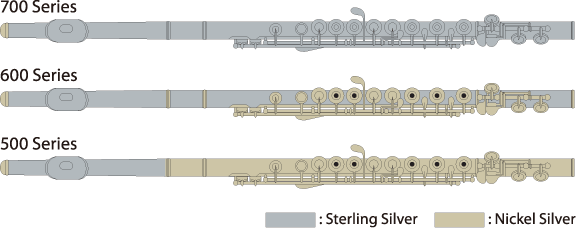
Toneholes

Drawn and Curled
Walls are drawn upward from the body material, giving the flute a broad, light sound.
Key Types
Covered (or Plateau) keys are easy to use. The pad cup is covered so it will seal the tonehole any time the key is closed. This is common with beginners or others who may not always press the center of the key.
Many advanced players prefer the open feel of Ring keys for subtle control of their tone. Intermediate and Standard model French system flutes come with key plugs to seal the hole until players have become adept at covering the holes with their fingers.
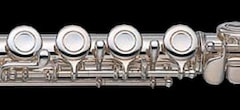
Covered Keys
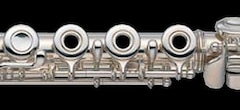
Ring (French) Keys
Key Systems
Many players find the Offset G configuration easier to play. Often teachers recommend that beginners start on these flutes, while more and more advanced players are also choosing this natural feeling configuration. Many advanced students and professionals, though, still prefer the traditional In-line formation where all the toneholes are in a straight row.
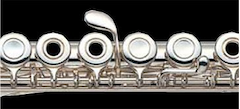
In-Line
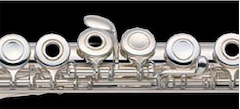
Offset G
Split E Mechanism

This key helps give more stability and better centered intonation to the high E.
Footjoints
The B footjoint has an extra key enabling the player to play 1/2 step lower than the lowest note of the C foot. It also affects the sound; B footjoint enables a darker, stronger sound with good projection, while C footjoint has flexible, warmer tone.

B Footjoint

C Footjoint




